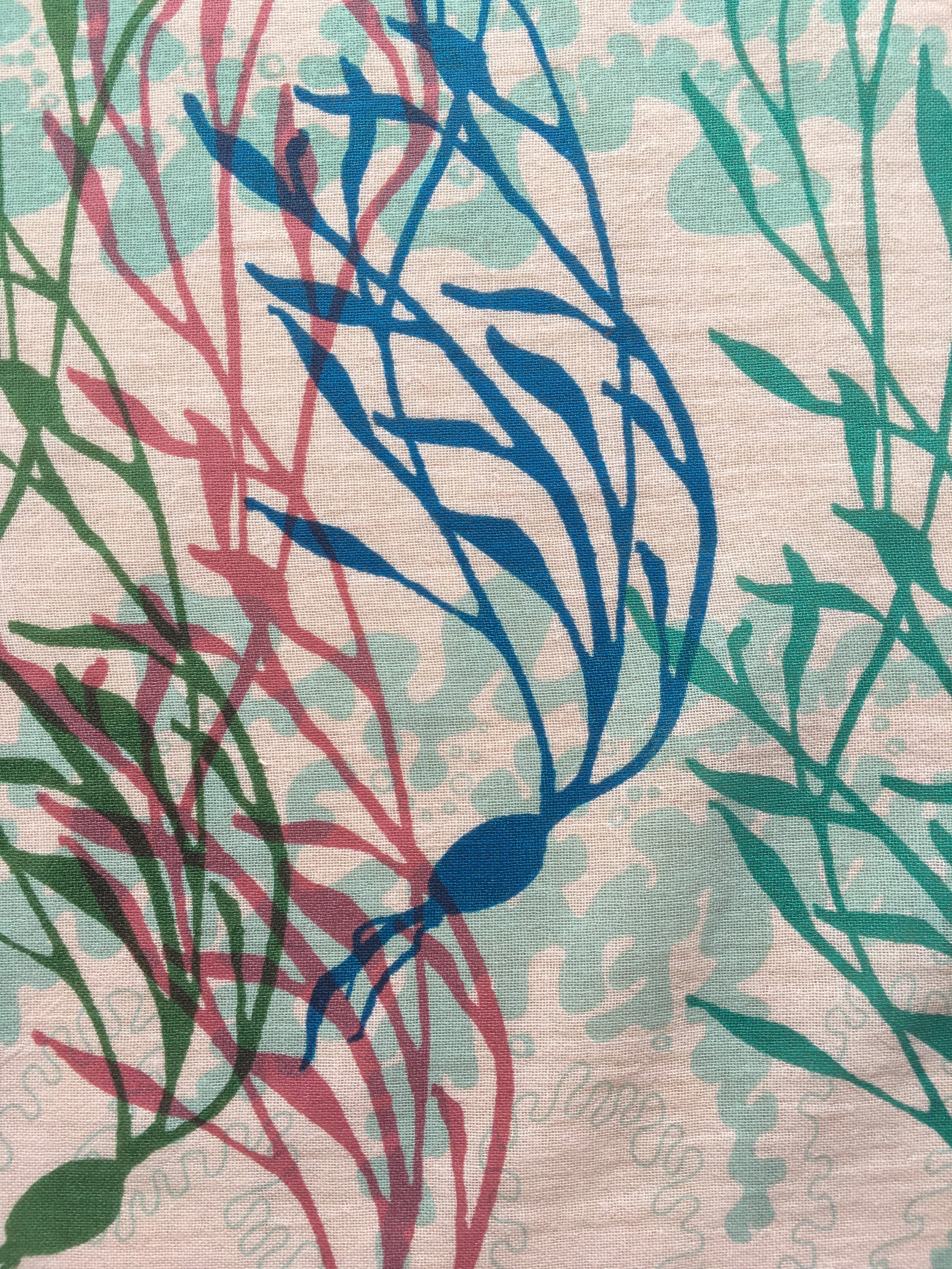My paternal grandmother (left), and my maternal great-grandmother (right).
Why buy handmade?
I grew up in a family that loves to tell stories. And it’s not just the point of the story that we enjoy. We like the telling of the story just as much: the detailed set-up and meandering background that leads to the satisfying punchline. I am especially guilty of wanting to provide All The History behind every comical incident. Early on in our relationship, before he realised how fruitless this action would be, my husband used to stare at me with amused impatience and ask me to “skip to the end.” (I never did. I don't think I can.)
My dad is a particularly talented story-teller. A few years ago, he started sending stories via email to my son. These stories are true-ish tales (of Dennis Dimwitty, the contractor hired to work on my parents’ new apartment, who requested some anti-gravity paint because the stuff he was using on the ceiling kept running back down the brush and onto the floor, or the taxi driver who put his right foot on the gas and his left foot on the brake and pumped them “like you do when you’re playing the harmonium,” which made the taxi move “stopgostopgostopgostopgostopgostopgo”), and historical adventures (of Davy Croquette, the cowboy who invented the cheese finger, and of the Vikings, Ragnar Ruedenoyse and his friends Snorri and Soggi Staelbred, who fought against the Saxons at the battle of Penselwood), and some of them are even Really Ancient stories about when my dad was a boy, back in the wilds of Dorset. And all of them are full of details, and asides-to-the-reader, and rewinds, and factlets. And my son loves them, because they make him laugh, and because they’re just like Papa.
I think stories are important. For all the usual reasons, of course: they entertain, they comfort, they inform. But they also connect us: the listeners and the tellers. All of that background, all the meandering, all the “getting there” of the story, all of the unique twists that an individual puts on spinning a tale for another individual, that's the story-teller’s fingerprint, if you will. It lets you see what’s important, or funny, or interesting, or curious to the teller. It is a little image of the teller that you can carry around in your head for a while.
What does all this have to do with anything, I hear you ask? (Skip to the end!) Well, here's the thing. When you make hand-made things, especially when you make hand-made versions of things that can be mass-produced and bought extremely cheaply, you do kind of wonder why you’re bothering. I mean, who is going to spend £100 on a cloth bag when they can pick a plastic one up for 5p (40p for a bag-for-life) at their local supermarket? What, as they say in the start-your-own-business manuals, is the value that we hand-makers are adding for our customers?
Over the years I have bought many, many hand-crafted items (too many, if a recent trip home to help clear my boxes, and boxes, and boxes of stuff out of my parents’ house so my brother and sister-in-law and nephews can live there without constantly tripping over all my tat is anything to go by). Hand-carved silver jewellery from the west coast of Canada. A blanket woven using a traditional Québequois technique (I’ve just looked it up - it’s called catalogne) that uses strips of rags as wefts. Teeny, tiny baskets the size of my baby fingernail. A rag doll with brown woolen hair, bought at the same time as my best friend bought a matching doll with blond hair. And it isn’t just the uniqueness of the thing or the idea that I’m getting a one-off that appeals, although that’s part of it. It’s that they tell the story of how they were made in a way that something mass-produced can’t. Don’t get me wrong, I love my iPad, but I have no sense of it having a history before I gave it one. Whereas each of the hand-made things that I own or have owned was already carrying its own story around with it before I came anywhere near it.
So. What we add is us. Our own, rambling, peculiar, quirky stories, and the way that we tell them. We add those to our crafts, because you can’t craft something and not add yourself somehow, and then we send them on their way, for other people to add their own stories to. Which I think, really, is why I make what I do, and buy what I buy. For the stories.
Cassie

